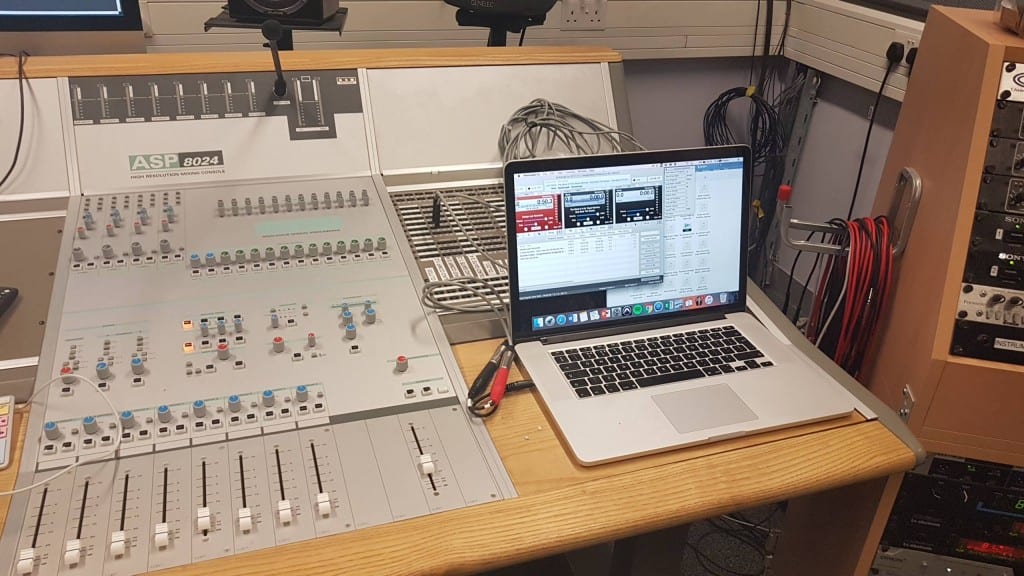Editing the podcast was probably the most difficult part of producing8 Have You Heard the News- The Year In Review, this was mostly due to the sheer volume of audio that we had recorded and cut around two hours of audio down into 30 minutes was challenging. Our first method was to remove the parts that we didn’t want to include such as the blunders, irrelevant conversation or parts that we deemed to be slander or defamatory towards people.
Once we had done this we still had roughly 45 minutes of audio and at this point, we had to be much more aggressive in cutting the audio down to the 35 minutes we have got to now. This meant that we cut bits that we described as the worst of the best bits meaning that we were able to cut roughly 10 minutes with a discussion about Donald Trump is one of the causes. Once we had finally got down to 35 minutes we didn’t want to cut anymore audio due to us believing that if we had of done the programme would have lost the best bits, in hindsight we probably should have tried to get it down, but most podcasts don’t have an exact time period they should run to. This was also the time where we decided which parts of music we would use and we decided upon top 40 music that had a karaoke version to go to under the conversation and make the podcast feel like it was snappier and more in the radio 1 style.
The editing stage also included the mixing of the podcast which we effectively split in two to make it even, with me taking the first 17 minutes and James taking the last 17 minutes. This meant that there were minor differences in style and sound when we came to the end and mixed it together to make it concise there were some minor stylistic problems, but we did work through them and ultimately produced the piece.
